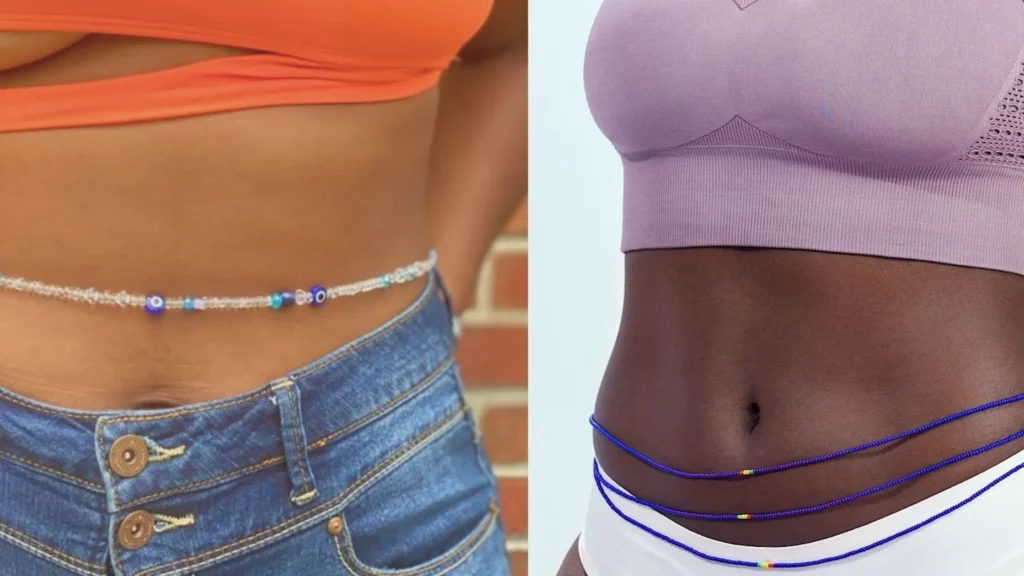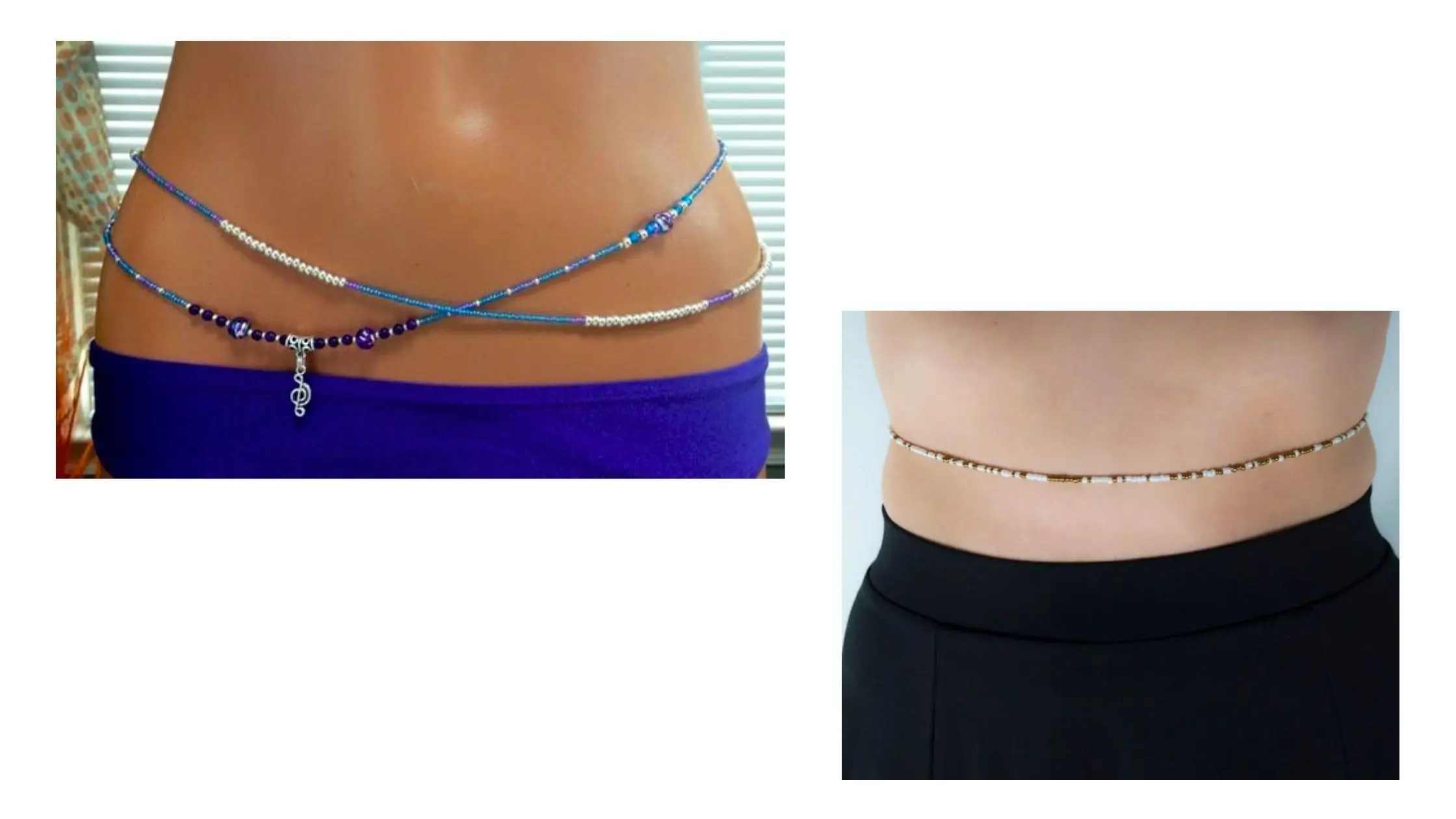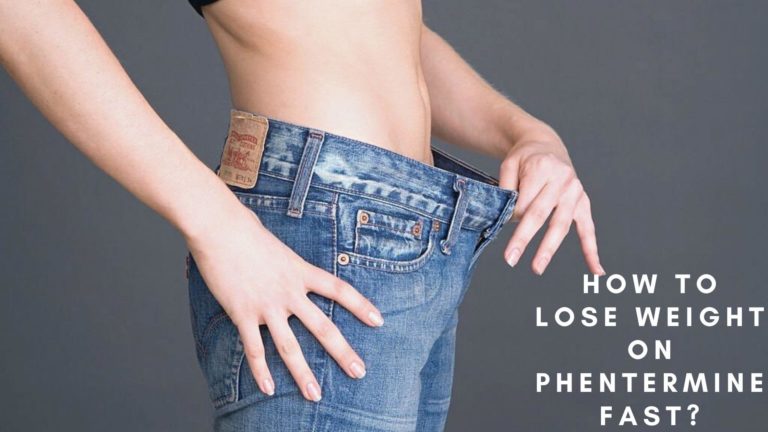Waist Beads For Weight Loss- Benefits, Drawbacks, And How To Use It?

What if I say that waist beads can help you with weight management? Yes, that is true. This seemingly simple waist ornament can help you to stay in check with your weight. It can provide sensuality to your body and at the same time act as a reminder of the weight loss and weight gain processes.
No doubt why this ornament has been prevalent since times of history. Now dive into an engaging reading journey to know how waist beads can help you with weight loss and what are some of their advantages and disadvantages!
What Is A Waist Bead?
The tradition of wearing a waist bead originated in Egypt. In Egypt, these were known as “girdles” and were worn as a status symbol. Waist beads are waist accessories that are made using small glass beads strung on a thread or wire.

They are usually worn around the waist or hips. Waist beads have a significant purpose in various African traditions. There are many varieties of waist beads and different meanings annotated for each of them. Some of the details regarding the varieties of beads are provided below.
Different Varieties Of Waist Beads
Women in several West African communities have been known to adorn themselves with waist beads for millennia. There are many kinds of waist beads. Some of them may be found in a variety of hues and forms, and some of them even have charms, beautiful stones, or crystals attached to them.
Recently, they have seen a rise in women in Western countries who wear waist beads. Beads worn around the waist are sometimes called belly beads, waistline beads, or beaded waist chains.
There are many meanings associated with these beads. In countries such as Ghana, Senegal, and Nigeria, as well as other nations in West Africa, waist beads are a representation of a woman’s femininity, fertility, sensuality, and spiritual well-being.

Women wear them for both aesthetic and functional reasons and waist beads are popular among women in both Africa and the United States today. We will discuss the various factors that contribute to the continued popularity of waist beads all over the world.
How Do Beads Aid In Weight Loss?
It is typical practice to measure variations in weight using waist beads. People who want to keep track of their weight gain in the abdominal region might use waist beads instead of stepping on a scale to do so.
Waist beads, in contrast to the numbers shown on a scale, are more in line with the body positivity movement. If you don’t want the bead to fit differently depending on the weight or changes in your body like bloating, you may also choose waist beads that are customizable to meet your needs.
Must read: How To Tighten Skin After Weight Loss? 9 Best Tips To Try!
Benefits Of Waist Beads
✅ Weight management is the major benefit provided by these adorable ornaments. Instead of stepping on the scale every day to see whether you’ve gained or lost weight, one can use waist beads to keep track of your progress.
Your hips would fit more snugly since the fabric does not stretch, so you can see when you’ve gained weight. However, when you drop fat, the beads around it will get looser. It’s also helpful to keep an eye on one’s posture when sitting or lying down. It will serve as a helpful reminder to improve your sitting posture and tone your abdominal muscles.
✅ In addition, it enhances sex appeal and sexual satisfaction: By adorning a woman’s waist with these waist beads, she becomes more seductive to men and vice versa. Males love to strum their bodies with beadings, which makes this an attractive ornament. The waist beads play a vital role in increasing a man’s sexual desire, and he will find a lady wearing beaded strings around her waist quite seductive and appealing.
✅ Pride in one’s heritage and a sense of belonging: Waist beads are a way for African women to display their devotion to their religion and their respect for their heritage. It’s a way for mothers to teach their daughters about the cultural significance of donning waist beads while also beautifying their bodies. Women of African and Caribbean descent in the West now have their distinct cultural custom of wearing waist beads that reflects the diasporic experience.
✅ It symbolizes entry into adulthood. African waist beads are worn to denote adulthood. To begin, in certain African traditions, mothers wrap beads around their daughters’ waists to symbolize the moment of puberty. Some Ghanaians still put baby beads across their waists during naming rituals. When youngsters outgrow it, they demonstrate that they’ve entered a new phase of their life.
Disadvantages Of Waist Beads
❎ It might be difficult to wear and remove. In the beginning, you may find it difficult to adjust to the constant presence of anything around your waist.
❎Exercise or other activities may result in them being twisted around your waist, which may be hazardous.
❎It is possible to choke on them if your long hair gets entangled in the beads.
❎Skin discomfort may occur if you’re sensitive to the material from which they are constructed.
How To Use Waist Beads for weight loss?
- It is advised to purchase or make beads from non-stretch string/fabric for weight reduction. The string must be sturdy enough to not pop and allow your movement since you will be wearing beads 24 hours per day throughout your weight reduction endeavors.
- It is necessary to knot the waist beads over your belly button after you have bought or created them to your satisfaction. Having lost weight or shrunk in size is evident when your waist beads become loose and fall below the level of your hip bones over time. If you want to lose weight, repeat this procedure.
- Tie the beads loosely above your belly button and then re-tie them. if you see the beads rising higher on your body instead of falling, it means you’ve gained weight and become larger. Even if the numbers on the scale don’t change, you may use waist beads to keep tabs on your weight loss progress and stay inspired. If your weight isn’t going down, this serves as a helpful reminder that your body is still changing healthily.
- Those who wear waist beads may find that they have become more conscious of their bodies; for example, they may discover that certain meals cause them to bloat more, so they may avoid those items and concentrate on others that aid in debloating. This is why beads can be helpful in weight reduction; they can be employed as a tool to keep track of changes in body size.
Find The Best-Fit Waist Beads
After you have made your decision, take your measurement by wrapping a measuring tape or thread around the portion of your body that you have chosen.
If you are working with a string, make a mark just on the string at the point where the 2 ends meet, and then use a ruler to determine how long the string is.
Strive not to tie the thread or tape around your body in such a way that it is overly tight. The end effect will be a more snug fit than you would have anticipated.

Some of the waist beads are intended to be permanent. This indicates that the string will not extend and that there will not be a clasp to allow the beads to be added or removed.
They are constructed to remain on your body twenty-four hours a day, seven days a week until either they get damaged or you want to remove them permanently.
Waist beads with an adjustable clasp or extension chains can be removed safely. People who wish to continue to wear the very same waist beads without having to worry about “fitting into” may find that this is an option that works well. Instead, these beads are created to be tailored to your body.
Also read: Lamictal And Weight Gain: Does It Really Happen?
Bottom Line
On going through the article, you can understand that waist beads are a part of the culture. It can both act as an appealing ornament and also aid in weight management. Although they just seem to be a basic adornment, waist beads are capable of completely altering the appearance of the person who wears them.
It is possible to get a sensuous and rooted sensation by wrapping a pair of beads around one’s waist. The beads act as a constant reminder to pay more attention and more affection for one’s body.





